What is detraining?
The principle of detraining states that when training stimulus is removed or reduced, the ability to maintain performance at a particular level declines. As training frequency continues to decline, exercise performance, cardiovascular function, and muscle metabolic potential will diminish to pre-training levels. The good news is that a few days of rest or inactivity will not pose any threat to athleticism; in fact, they are rather beneficial for recuperation. The bad news is that there is a point where fitness and performance decrease with inactivity, and research shows that it only takes around two weeks until a significant loss in conditioning occurs.
Any prolonged period of inactivity will result in a physiological and performance decline. After about 2-4 weeks of detraining, you may have significant reductions in VO2 max (around a 4% reduction). This initial decline in VO2 max is mostly due to a corresponding fall in maximal cardiac output which, in turn, is caused by a reduced stroke volume. It appears to be the loss in blood plasma volume that accounts for the decline in stroke volume and VO2 max. The amount of glycogen in your muscles decreases as well: consistent training is a signal to the muscles to maximize their glycogen storage capacity, so detraining will cause your body to lose those stores. On top of all this, the heart experiences a significant decrease in left ventricle dimensions, wall thickness, and mass. Unfortunately for ultra runners, the longer the endurance event, the poorer the performance, after any time off.
Although this information sounds scary, keep in mind that the extent of detraining depends on the length of inactivity and your training background. So, the longer it takes to become well conditioned, the longer it takes to lose it. As well, there are steps you can take to avoid detraining! Holding on to the athletic ability that you already have is more possible than you may think, and it is certainly easier than starting over.
How to avoid detraining
Although health officials are advising us to all stay at home, we are still able to engage in outdoor activity, provided that we comply with social distancing requirements of 6 feet apart. While this is great news, you should still take precaution and try to limit time outside. Therefore, while you still may be able to go outdoors, the frequency and time of your training might be decreased.However, you can avoid a significant drop in performance, even with restrictions and postponed events. Perhaps the most effective way to avoid detraining during this time is to maintain or increase the intensity of your workouts. Current research indicates that if the intensity of training remains unchanged, VO2 max can be maintained for 15 weeks, even when frequency and duration of training is significantly reduced. Interestingly, when frequency and duration is kept constant and intensity is reduced, a reduction in VO2 max is still observed.
What does this look like in terms of your training sessions? When you’re forced to reduce frequency and duration, like during this quarantine, you can still maintain your fitness by doing high intensity running/cycling sessions each week. Intensity of your exercise can be measured by your heart rate: 50-70% of your maximum heart rate is the target for moderate intensity exercise, and 70-85% is the target for vigorous intensity. You can estimate your maximum heart rate by subtracting your age from 220. This doesn’t mean that all of your workouts need to be structured VO2 max intervals; a couple of intense interval or hill workouts each week is enough to eliminate the need for retraining. This way, you are still able to set yourself up for performance gains when the season resumes!
Keep in mind that we all go through these downtimes when we’re forced to stop or slow training. Although seeing a decline in your performance can be disheartening, know that you are always able to get back to where you were. This is only a temporary situation.




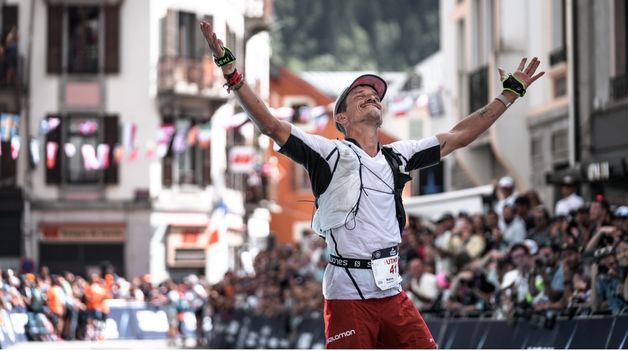


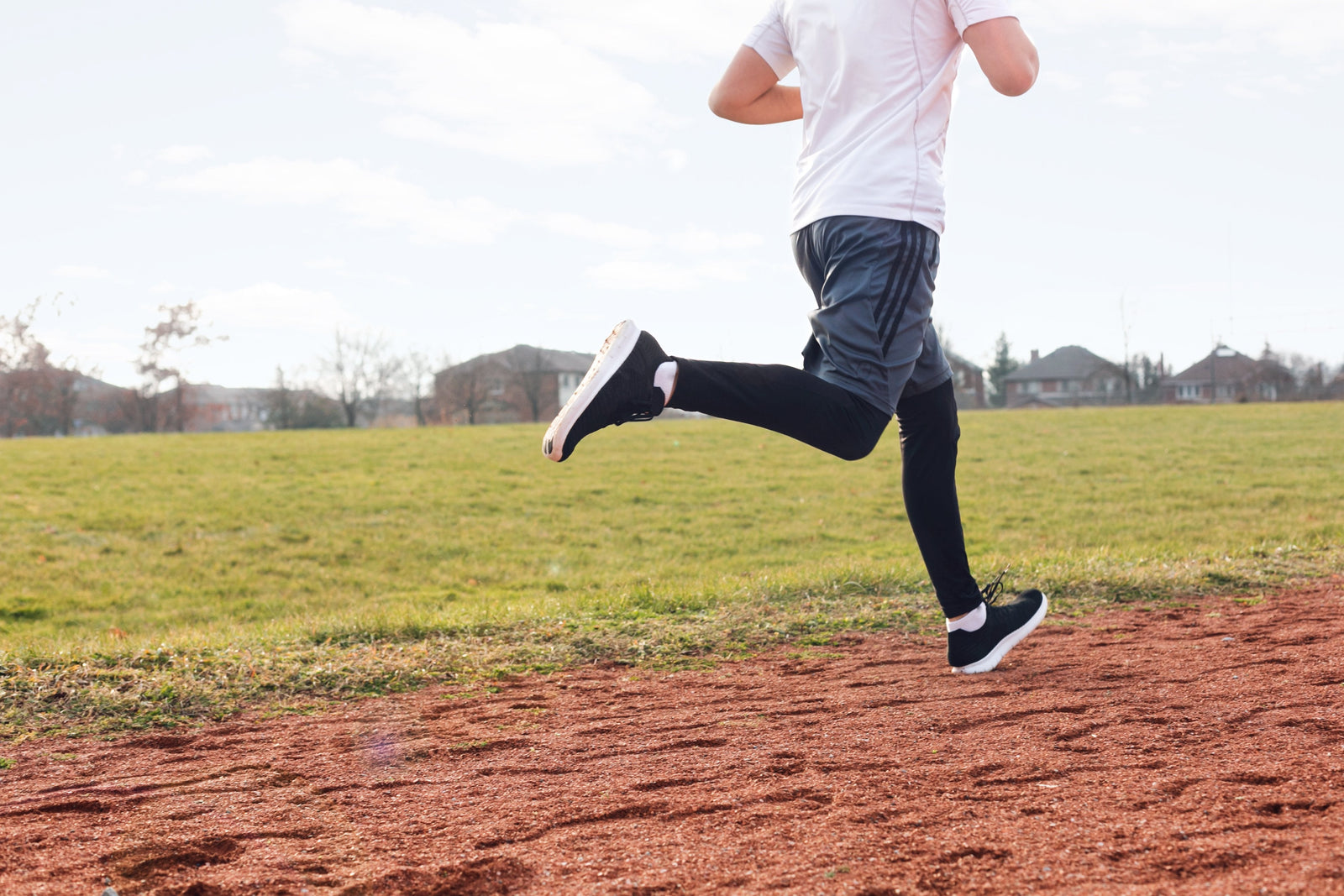

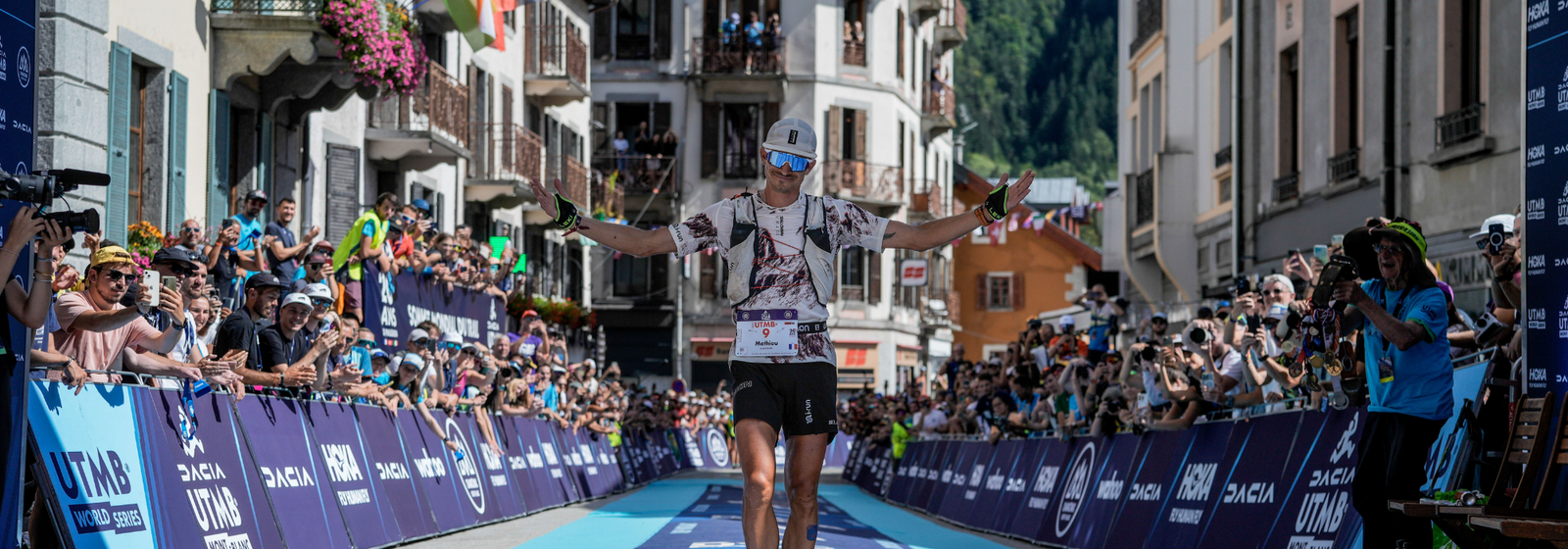




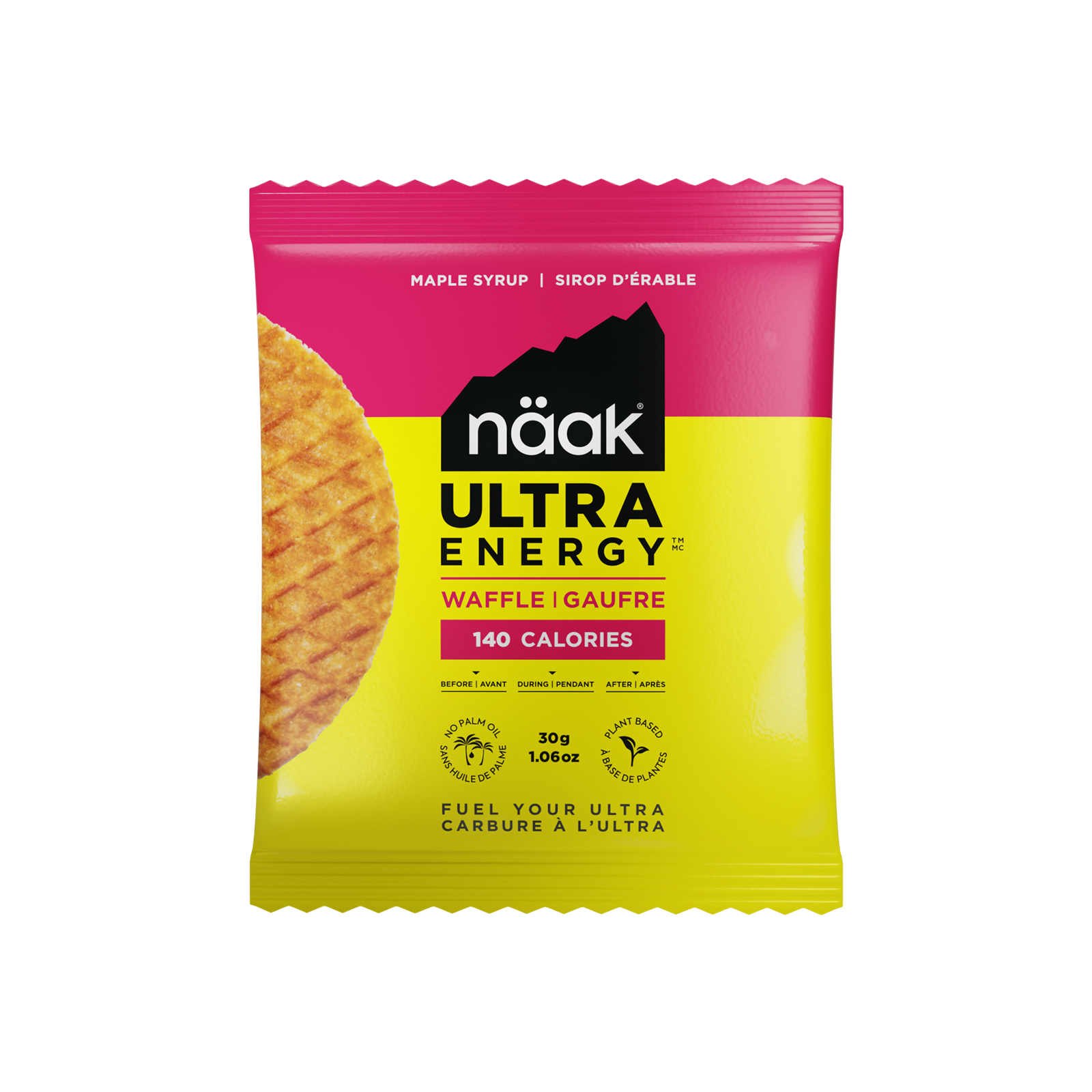
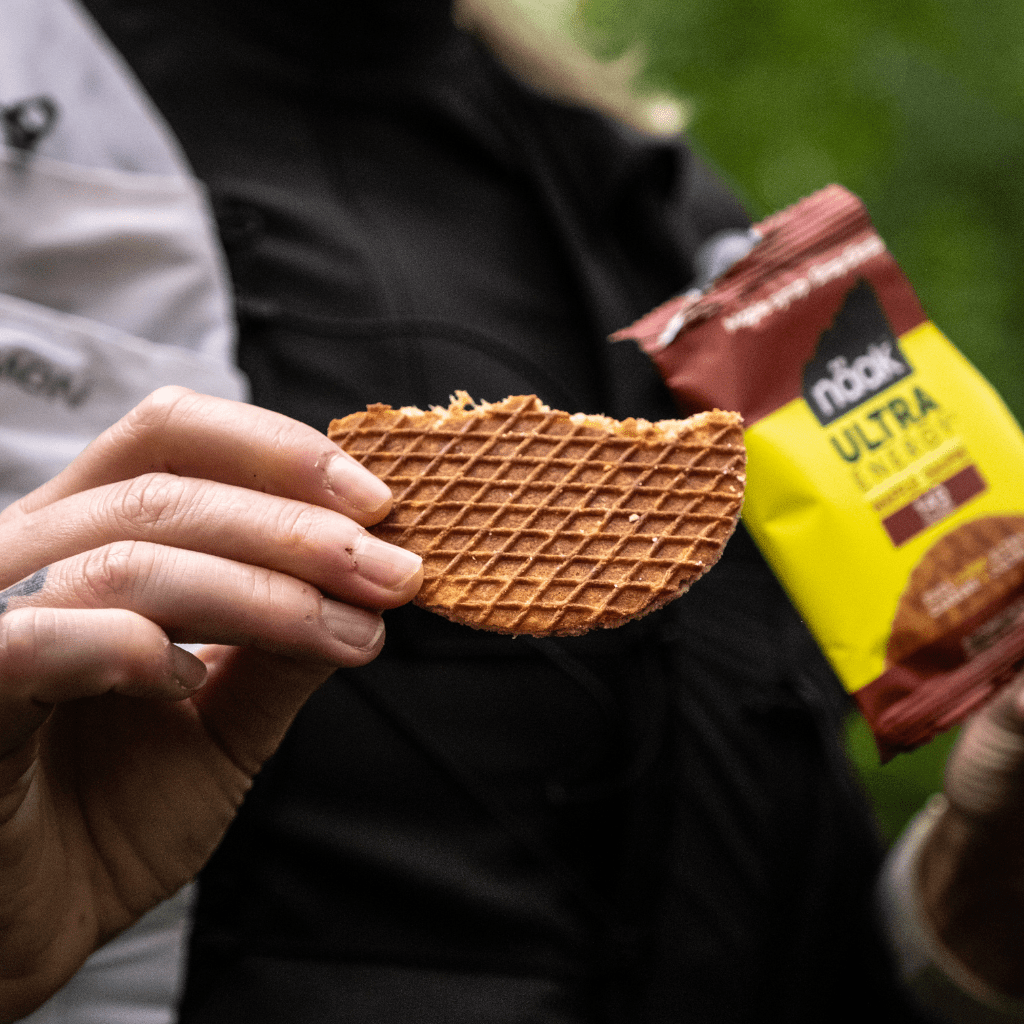
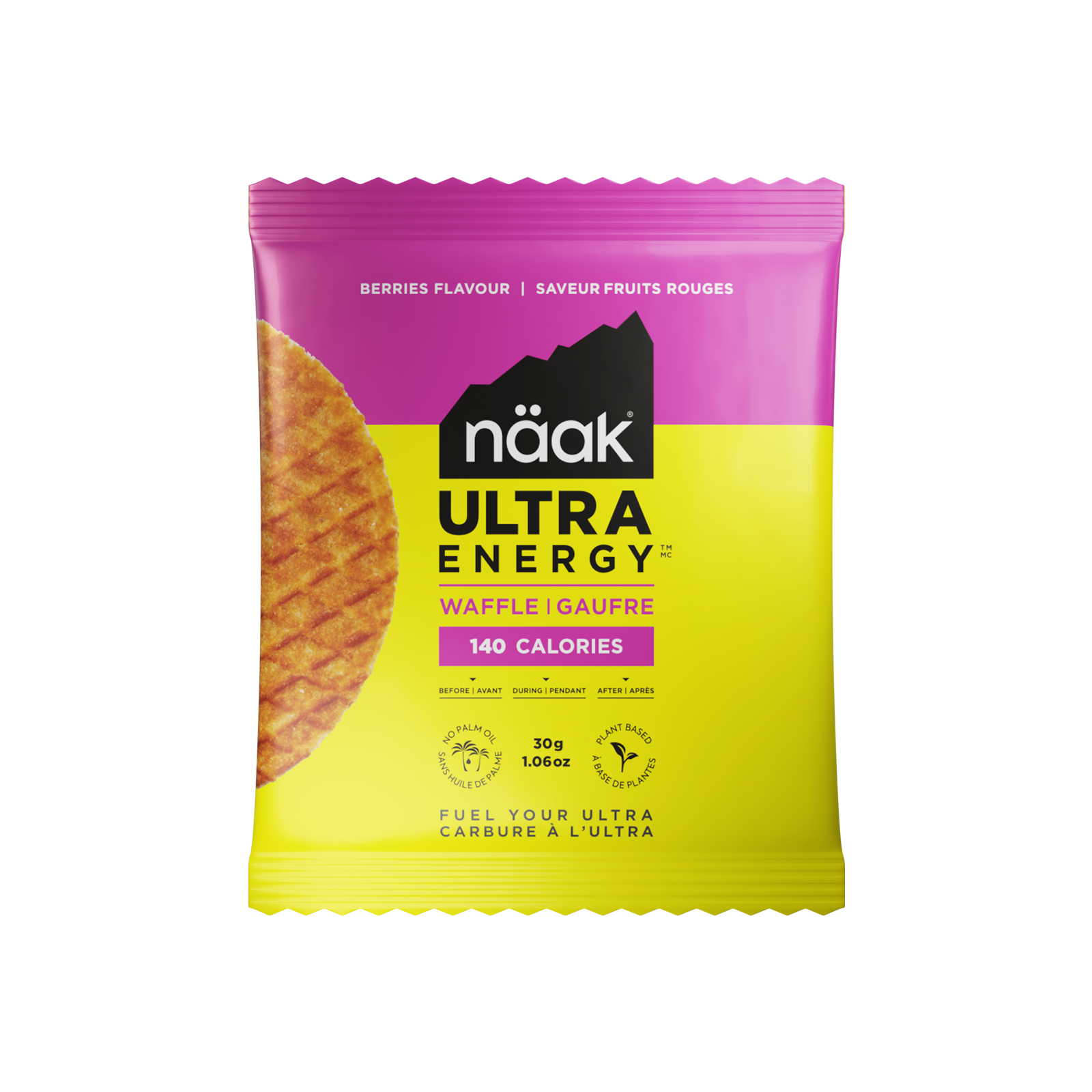



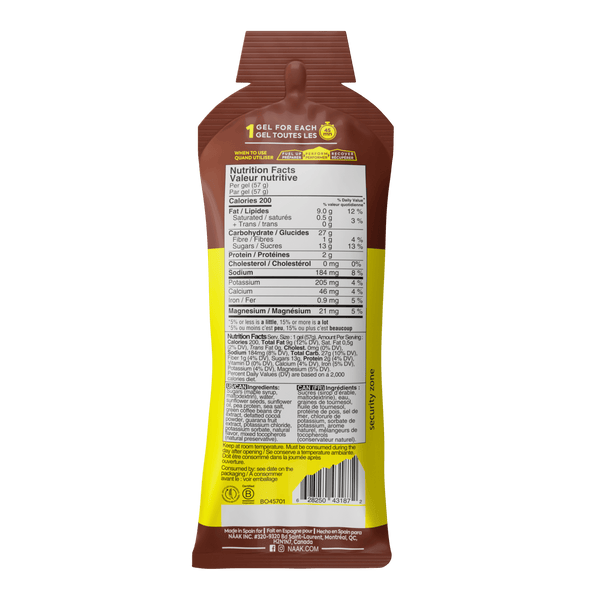


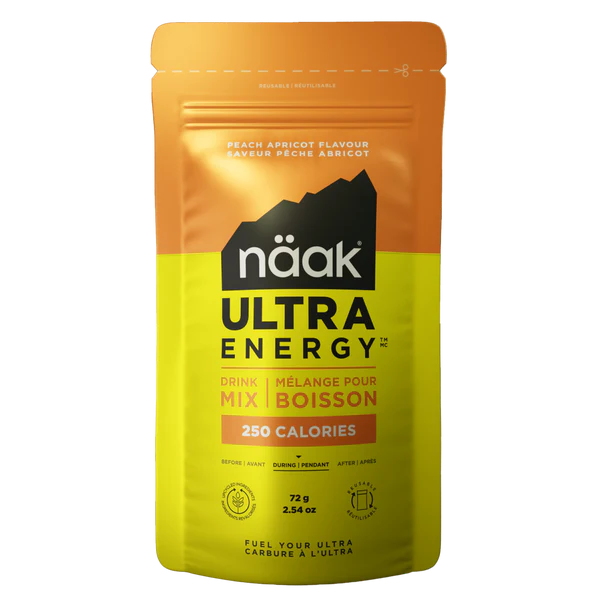



Leave a comment (all fields required)